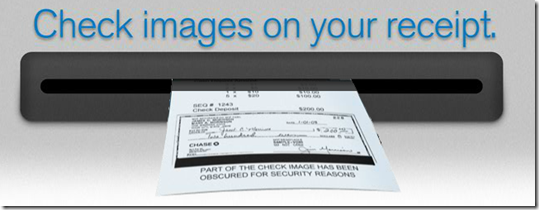 Yes, that headline is pure fiction.
Yes, that headline is pure fiction.
No one can predict the fallout from the bank-bashing, CFPB-loving, election-year-posturing in 2012. But realistically, overdraft charges are about 100x more important to consumers than debit-card interchange, so it’s an area that will be debated in the months and years to come.
While I’m not predicting Durbin-like NSF/OD price controls, there is a material probability that it could happen. And even if the U.S. government steers clear of explicit price controls, we’ve likely seen the peak of OD/NSF income. So here’s my take:
Best case: Real NSF fees drift slowly downward as penalty fees/pricing become more transparent through technology and various regulatory initiatives.
Worst case: See headline above
_________________________________________________________
Action items
__________________________________________________________________
Hopefully, rising rates, higher home prices, and a healthier lending environment will provide enough revenue to overcome any declines in OD/NSF income. However, those macro factors are completely out of your hands. If you want to control your own destiny, I suggest you consider the following:
- More overdraft protection credit lines: A credit line with a 12% to 18% APY (depending on credit score), paired with a $3 flat OD transfer fee, can be a very lucrative product. And it’s win-win. Instead of hammering consumers with a massive penalty fee, you entrust them to pay it back when they see fit.
- Fees for value-added services: It’s not going to be easy charging fees for online/mobile services. But you are a business facing difficult choices in how to grow revenues, and subscription fees for new, value-added services are promising.
 Insurance products: This is a huge, growing market that is relatively untapped by retail banks and credit unions. And distribution has yet to be moved to the online/mobile channel. So there is a huge opportunity for banks to be the ones to do that. At FinovateSpring, I was impressed by a startup, CoverHound, that has really interesting ideas on how to put a much-needed Web 2.0 spin to the product (demo here). We explored this in great detail in a December report. We also moved it to the number 1 priority for 2012 in our January report (note 2).
Insurance products: This is a huge, growing market that is relatively untapped by retail banks and credit unions. And distribution has yet to be moved to the online/mobile channel. So there is a huge opportunity for banks to be the ones to do that. At FinovateSpring, I was impressed by a startup, CoverHound, that has really interesting ideas on how to put a much-needed Web 2.0 spin to the product (demo here). We explored this in great detail in a December report. We also moved it to the number 1 priority for 2012 in our January report (note 2). - Offers and lead generation: Major banks already book major revenues through various third-party programs, such as credit monitoring, auto insurance, and statement inserts. The latest idea, which has attracted more than $200 million in venture capital, is tying merchant discounts and offers to credit and debit cards (note 3).
- Branch right-sizing: I’m not saying that branches must go away, rather that the good ones morph into smaller, more efficient financial stores, with a big emphasis on small business, lending and yes, you guessed it, insurance.
——————————
Notes:
1. The neighbor test: Would you rather explain to your neighbor why you charged their daughter $36 for buying one too many lattes on their debit card, or would you rather tell them about your $3/mo “oops” service that warns parents when their child is about to do something stupid with their money. We write about value-added fees all the time in Netbanker, but the last full report is here (May 2011, subscription).
2. For more on banks offering insurance, see our full report here (Dec 2011, subscription)
2. For more on card-linked offers, see our full report here (Feb. 2011, subscription).



































